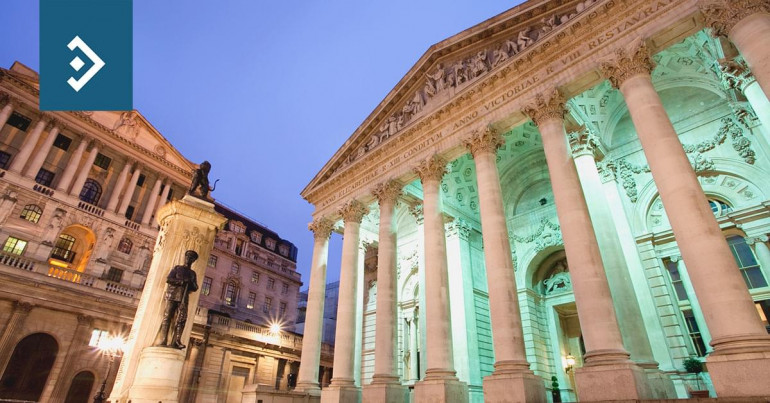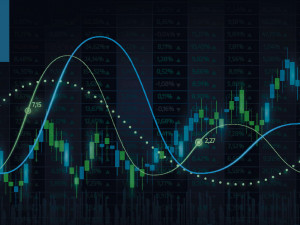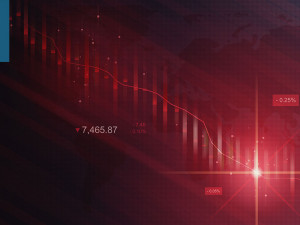
Osborne maintains his remain ideal
Morning mid-market rates – The majors
16th June: Highlights
- Could the next negative indicator be a housing crash?
- Fed to continue to hike until threat of inflation disappears
- ECB acts to calm the growing bond market crisis
GBP – Rate hikes still have some way to go
The neutral rate in the UK is between 1.5% and 2.5%. That is double the level that the base rate will be at, at the end of the day.
Hawkish MPC member Michael Saunders, who will leave his role as an external member of the MPC in September, commented recently that he believes the neutral rate to be a little over 2%.
Given that today’s hike will take interest rates to their highest level in fourteen years, and the economy has changed immeasurably since rates were averaging around 5%, any estimate of the neutral rate is little more than a guess.
It is difficult, and unprovable at what point interest rates stop stimulating growth and start to restrain demand.
Even then, restraining demand is not going to have much effect on inflation in the UK currently, as price increases are firmly fixed within the supply side of the economy.
The almost daily rise in the price of fuel and the continual shortages prompted, in some part, by the continuing conflict in Ukraine are the main drivers currently.
Once today’s interest rate hike has been confirmed, the Bank will almost certainly begin a review of what effect the rises that have been taking place over the past few months are having.
While this is unlikely to deter it from hiking again next month, it will at least provide Bailey with some data upon which to provide a degree of advance guidance to the market.
The Central bank is stuck within a series of dovish hikes where the policy almost needs to be apologized for.
Given the fact that hikes are having a limited effect and the economy is receiving bad news from almost every data release, the most radical action would be to halt the current policy. However, the inflationary spiral has begun as this week’s employment report showed. With wages now rising at a level not seen for a considerable time, there is some justification for the continued hikes.
Yesterday, the pound shrugged off the hike in rates in the U.S. It rallied to a high of 1.2204, closing at .1.2180.
Recommend our services and earn up to £75 per successful referral
USD – Dollar fails to react
The target for the Fed Funds rate was, as predicted by many commentators, raised by seventy-five basis points.
Fed Chairman Jerome Powell, in his press conference following the announcement, warned that there will be more hikes to come as the Central Bank continues to battle rising prices.
Republicans in Congress blamed President Biden’s excessive public spending splurge, which has been labelled excessive.
What we saw yesterday was the biggest rate hike in more than a quarter of a century.
Powell went on to say that inflation remains the most important factor in its efforts to comply with its mandate, and the Central bank will use all the tools at its disposal to rein in rising prices.
The interest cost of mortgages, car loans and credit cards will continue to rise, which has a disproportionate effect on the lower income sector.
Powell has tried to be equitable to the whole country in the past, distancing himself from the CEOs of the major Wall Street Banks.
President Biden spoke yesterday at a Federation of Labor event and said that he is not prepared to listen to any more criticism of his actions, which have been labelled as reckless.
He firmly believes that his actions have led to job creation, a greater level of economic activity and revitalized the country post-Covid.
The dollar index failed to react to the Fed’s actions. It fell back to a low of 104.65, closing at 104.68
Traders may take a day or two to digest the Fed’s likely path forward, but overall, the continued widening of the interest rate gap between the Fed and the rest of G7 should keep the Greenback well-supported.
EUR – Italian PM decries rate hike
The proposed move by the ECB has created havoc in Europe’s Government Bond market, as the dual issues of higher rates and a lack of buyers for fresh paper threatened to overwhelm traders.
It seems that the message was heard loud and clear in Frankfurt as an emergency meeting of the Bank’s Governing Council was convened to discuss the issue.
At its end, Lagarde announced the availability of new tools, agreed that the meeting, which it was hoped would restore some semblance of order.
In the end, the new tools amounted to the ECB deciding that the reinvestment of the proceeds of bonds that were purchased as part of the PEPP process will be more considered.
One ECB policymaker, Pierre Wunsch, spoke of his agreement that the ECB has to do something in order to avoid market disruption. This kind of thing is often a by-product of when the core policy is changed.
Wunsch is the Governor of the National Bank of Belgium. He is not generally as vociferous as other members of the frugal five but believes that the rest of the Union must be protected, as it will benefit the entire region in time.
He went on to talk about unwanted fragmentation of the markets where prices vary between borrowers from the Eurozone but was also very clear that his country is not prepared to contribute to a change in the concept of lender of last resort for the Government bonds of individual nations.
The market remains cautiously pessimistic over the path of the euro in the medium term.
For now, there is a degree of buying interest from those who have held short positions for a considerable time. The feeling is that the single currency won’t be allowed to fall below parity at its first attempt.
Yesterday, the euro managed to gain versus the dollar despite the widening of the interest rate gap in favour of the U.S. It rose to a high of 1.0508 and ended the day at 1.0442.

About Alan Hill
Alan has been involved in the FX market for more than 25 years and brings a wealth of experience to his content. His knowledge has been gained while trading through some of the most volatile periods of recent history. His commentary relies on an understanding of past events and how they will affect future market performance.”



